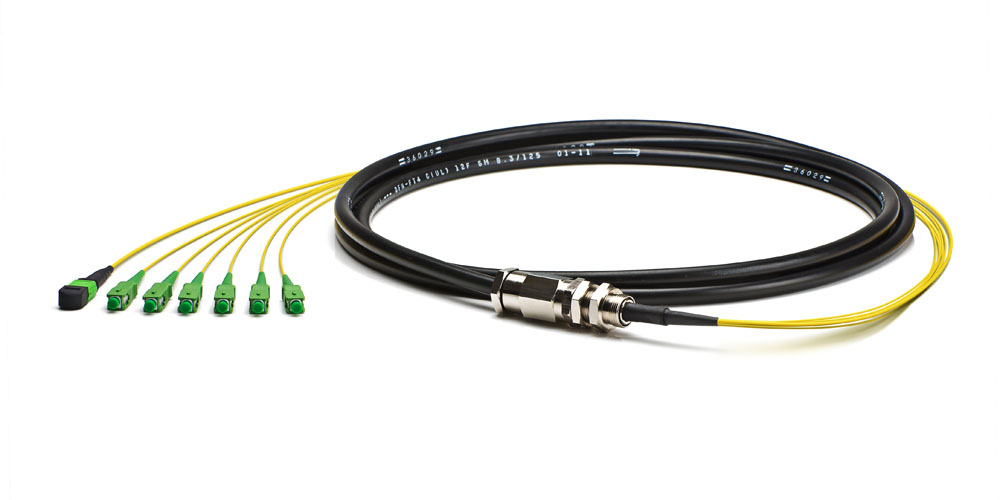Because of the explosive development in the Internet of Things, the communication market demand is continuously enlarging. Fiber-optic communication technology is therefore gaining traction. Optical communication products, therefore, include optical machines coupled with passive devices.
All active devices are defined by their ability to get driven by an external power. In China, especially, there is the limited development of time and active optical products. Consequently, there are gaps in technological ventures compared with Japan.
Even so, there is a rapid promotion of the domestic market demand in China. The communication gap is receding thanks to the involvement of shiningfiber. In the 5G communication technology, mainstream companies have invested in fiber optic connectors.
Why fiber optic connectors?
In the world of networking, cables can help make the connection between buildings. Therefore, there is always a need for fiber optic cable usage inside the building. An Ethernet can be used. But it is crucial to understand how implementation, transmission in addition to conversion work.
In the process of conversion, you should always be aware of the devices to use. Could you find out how they work? You also need to understand the relationship between these devices. Here is an overview of the same and an extensive write-up on the four main types of fiber optic connectors.
1. Bionic connectors
A bionic connector is somewhat obsolete and was one of the prominent connectors in fiber optic cables. It can be identified by the sleeve that tapers and fixes on a fiber optic connector.
Usually, the connection is safe and secure. Its narrowing end makes it possible for the sleeve to be identified on a connector correctly.
2. Ferrule connectors
Even though an FC connector has been used in fiber optic networks for some time, its application is quickly diminishing. The connector utilizes a threaded container coupled with a position locatable notch.
That way, an SMF related to the receiver is achieved. An optical source is also achieved. When the connector has been installed, its original position is also maintained.
3. SMA Connectors
An SMA connector is a semi-precision connector developed with a small connector interface. Usually, it is designed with a coaxial cable and a coupling mechanism. This connector comes with some impedance of up to 50 Ω.
Formerly, the connector was designed to be used by a DC (O Hz). Even so, the use has primarily been extended to variants of up to 18 GHz. Today, the system is used for microwaves and other electronics such as radio waves.
4. ST Connectors
An ST connector is one of the commonly used types of fiber optic connector. It is mainly used in various networking applications. ST connectors are cylindrical. They have a twisted lock of 2.5mm keyed ferrules. Given that they are loaded with spring, you should ensure that all elements sit correctly.
Final Thoughts
The advantages of using these connectors include enhanced safety coupled with high performance. The shutter mechanism of these connectors is also an essential factor. All the features support keying in colors. That way, a return loss can be registered.


